Venice Architecture Biennale’s new crop of national pavilions for 2018
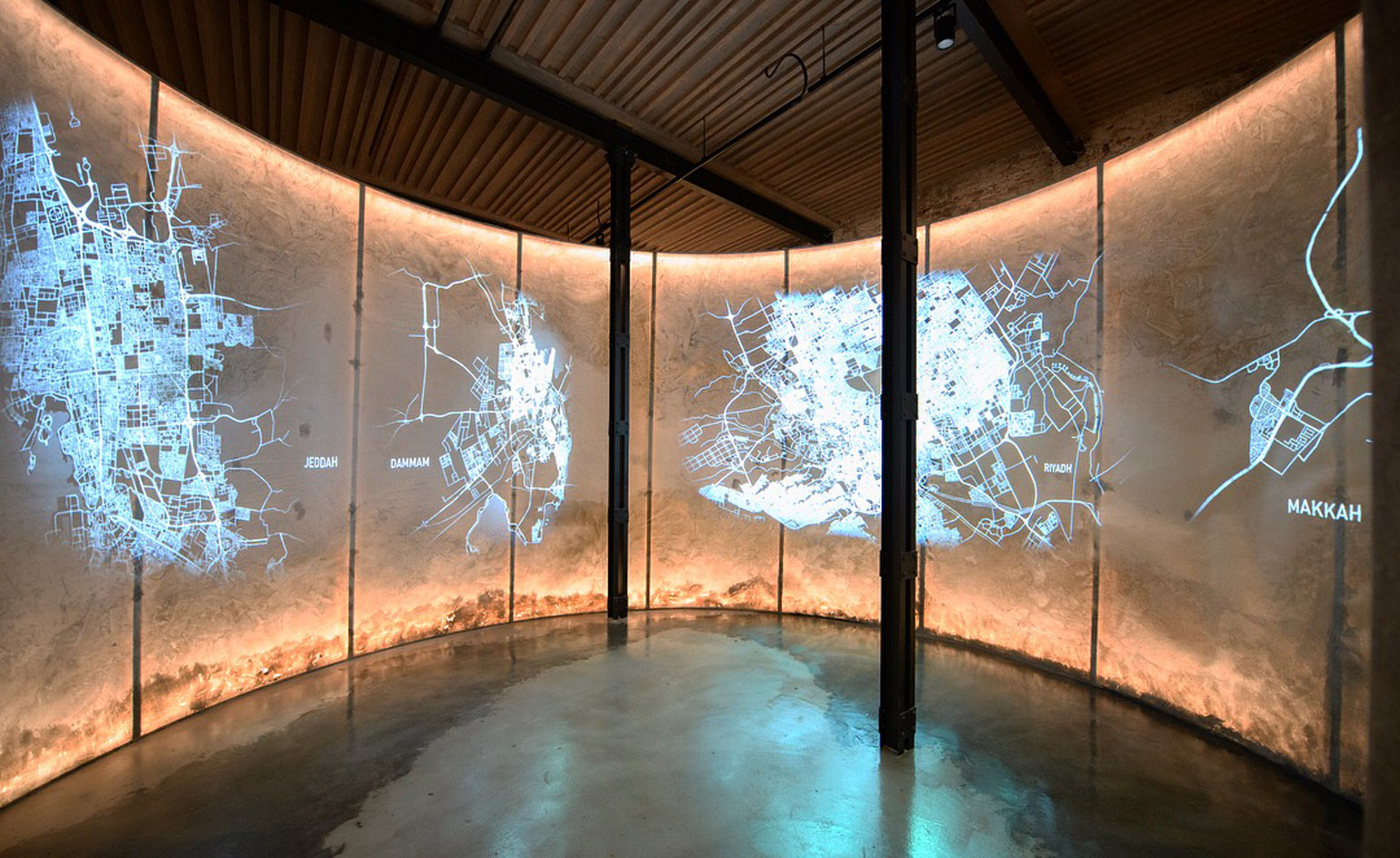
Each year Venice expands its pavilion-count as new nations join the fray to discuss their unique urban contexts on the global stage. This year, Venice welcomes Antigua & Barbuda, Saudi Arabia, Guatemala, Lebanon, Pakistan, and Holy See (hosted by the Vatican Chapels) to its crop of pavilions. As ground has been covered in the Giardini, where the longest-standing pavilions reside, the newbies occupy spaces in the Arsenale as well as new spaces of the city – the ever-expanding Biennale continues to grow.
HOLY SEE
Located at the Isola di San Giorgio Maggiore, the Holy See ‘pavilion’ is made up of a series of small temporary pavilions. Curators Francesco Dal Co - critic, architectural historian and editor of Casabella magazine - and Micol Forti commissioned 10 architects to take part and design pavilions including Andrew Berman, Francesco Cellini, Javier Corvalàn, Eva Prats and Ricardo Flores, Norman Foster, Teronobu Fujimori, Sean Godsell, Carla Juacaba, Smiljan Radic, Eduardo Souto de Moura, Francesco Magnani and Traudy Pelzel. The picturesque site of the Holy See pavilions sits alongside the basilica designed by architect Andrea Palladio that dates from 1573. While the pavilions are temporary, they will be dismantled and rebuilt in Italian communities that suffered earthquakes over the last two years.
GUATEMALA
Titled ‘Stigma’, the Guatemalan pavilion responds to the main theme of ‘Freespace’ in creating architectural models that symbolise utopias. The focal point of the exhibition is an exact photographic reproduction of the Temple of Masks in Tikal. Further Guatemalan designs on display include spiral structures decorated with archaic motifs and Spomenik-like monuments that are futuristic totems and silent witnesses of history.
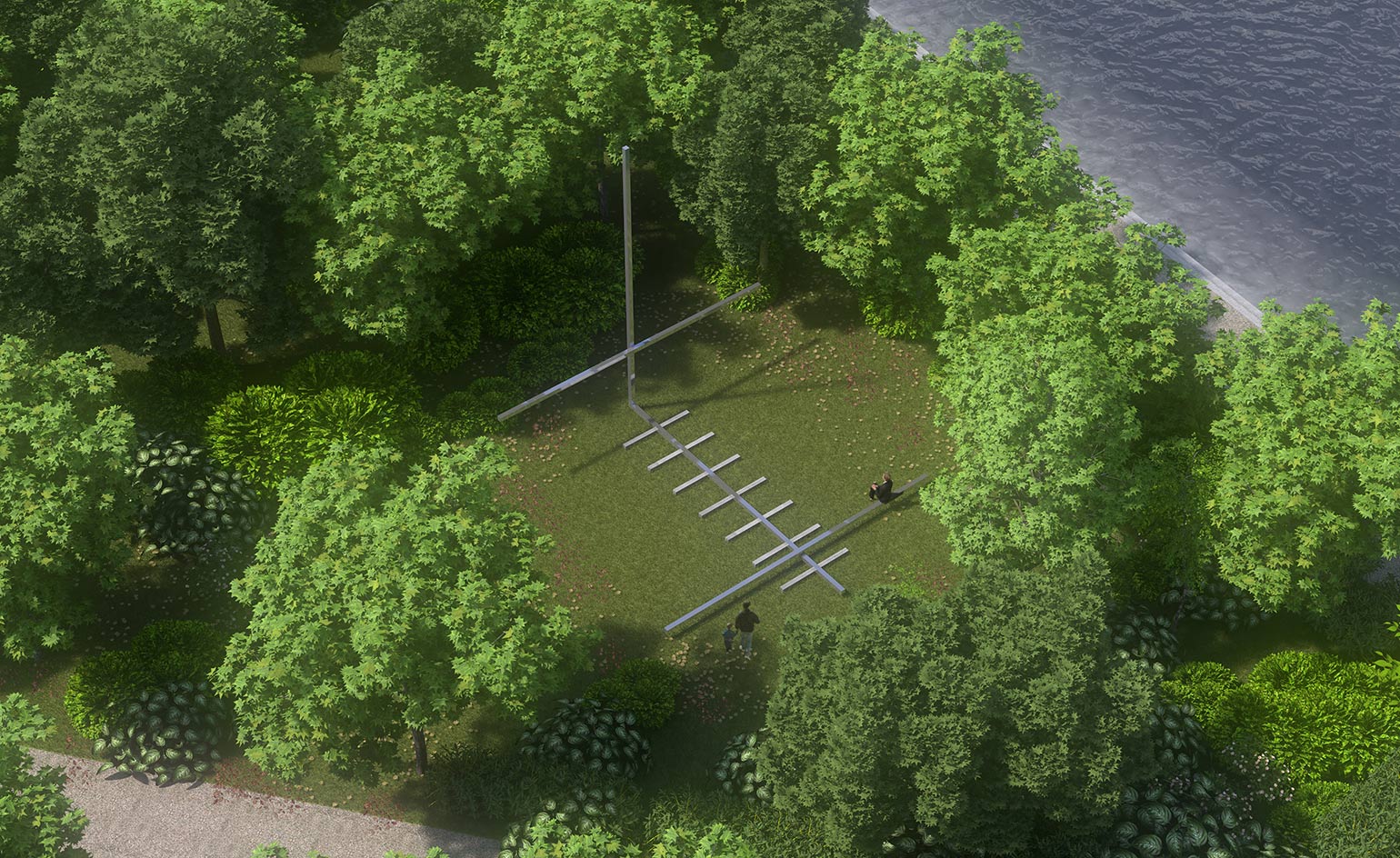
The Holy See pavilion concept for the Venice Architecture Biennale 2018
PAKISTAN
With a population of 197 million people, Pakistan is the sixth-most populous country in the world. For its debut at Venice, the Pakistan Pavilion, titled The Fold and located at the Giardini della Marinaressa – Giardino di Levante, takes the opportunity to examine the theme, Freespace, within the context of Karachi, Pakistan’s largest and most populated city. With coastlines along the Arabian Sea and the Gulf of Oman and shared borders with Afghanistan, India, Iran and China, Pakistan is home to a large number of immigrants, who gravitate to Karachi for employment opportunities, fueling it to grow from one million inhabitants in 1950 into an ethnically and linguistically diverse metropolis of over 20 million today. The city’s growth, and its under regulated and unregulated development patterns have resulted in interesting urban and community consequences, which the pavilion will explore. The team includes Coalesce Design Studio, a Karachi-based multidisciplinary design practice, and Antidote Art & Design, a Dubai-based platform that serves the careers of emerging and mid-career visual artists and designers.
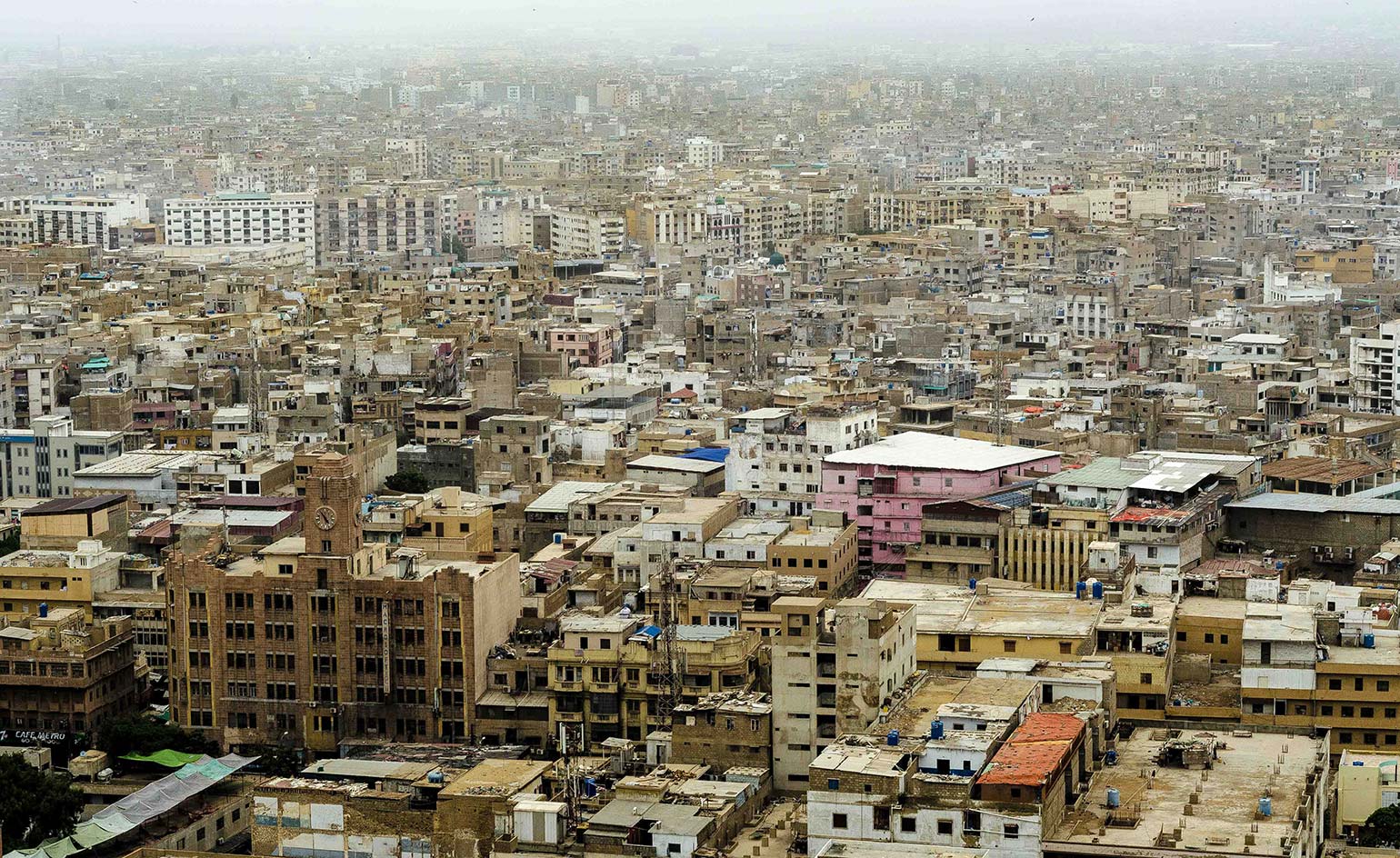
ANTIGUA & BARBUDA
Curated by Barbara Paca and titled ‘Environmental Justice as a Civil Right’, the Antigua & Barbuda pavilion explores ‘environmental justice’ which it argues is a civil right, specifically in the face of severe climate change facing the island nation. The exhibition takes three sites of interest and presents them through architectural models, artefacts, and drawings, examining the relationship between architecture and the environment. This pavilion occupies a fifteenth-century monastery in the heart of Venice.
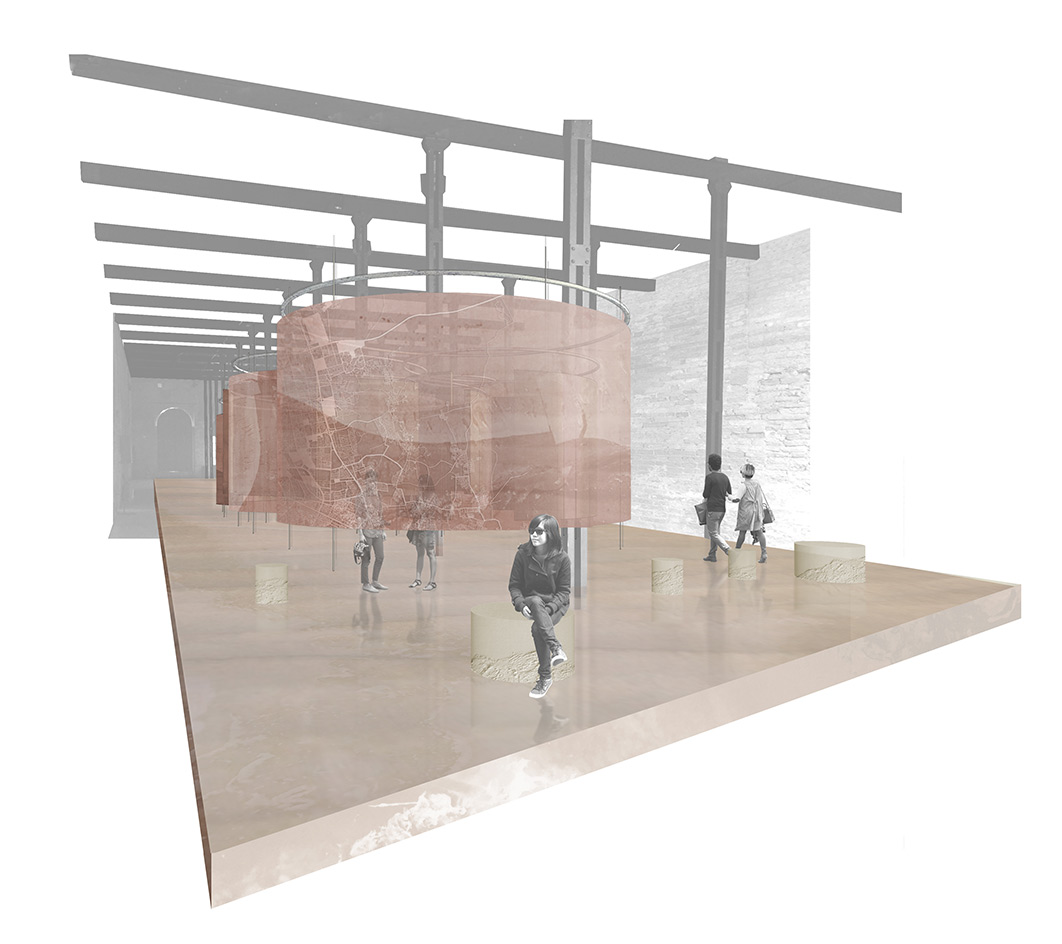
Saudi Arabia’s concept ‘Brickmatter’ for Venice Architecture Biennale
SAUDI ARABIA
Launching with an exhibition titled ‘Spaces in Between’, the Saudi Arabian pavilion is curated by Jawaher Al-Sudairy and Sumaya Al-Solaiman, and can be found at the Arsenale. The group of architects involved represent a younger generation of architects, all from Saudi Arabia, who were selected from a national competition. This project explores how liminal spaces can be utilised to increase community ties within Saudi’s rapidly expanding cities, which are experiencing rapid urbanisation.
LEBANON
Another new addition to the Arsenale, the Lebanese pavilion explores the ‘preconditions’ for architecture including ‘fragility, scarcity of resources, and commodification’. Curated by Hala Younes, this theme was chosen as at this point in time the country seems to be ‘for sale’ as it gradually becomes absorbed by the real estate economy, where territory becomes no more than abstract ‘unbuilt’ space. Relief maps, landscape photography, and video surveillance are on display to bring attention to the resources instead of the structures.
Visit the Wallpaper* Venice Biennale preview for more unmissable highlights and pavilions

Titled ‘Spaces in Between’, the Saudi Arabian pavilion presents the work of a younger generation of architects all from Saudi Arabia, who were selected from a national competition.
INFORMATION
Wallpaper* Newsletter
Receive our daily digest of inspiration, escapism and design stories from around the world direct to your inbox.
For more information visit the website
Harriet Thorpe is a writer, journalist and editor covering architecture, design and culture, with particular interest in sustainability, 20th-century architecture and community. After studying History of Art at the School of Oriental and African Studies (SOAS) and Journalism at City University in London, she developed her interest in architecture working at Wallpaper* magazine and today contributes to Wallpaper*, The World of Interiors and Icon magazine, amongst other titles. She is author of The Sustainable City (2022, Hoxton Mini Press), a book about sustainable architecture in London, and the Modern Cambridge Map (2023, Blue Crow Media), a map of 20th-century architecture in Cambridge, the city where she grew up.
-
 Japan in Milan! See the highlights of Japanese design at Milan Design Week 2025
Japan in Milan! See the highlights of Japanese design at Milan Design Week 2025At Milan Design Week 2025 Japanese craftsmanship was a front runner with an array of projects in the spotlight. Here are some of our highlights
By Danielle Demetriou
-
 Tour the best contemporary tea houses around the world
Tour the best contemporary tea houses around the worldCelebrate the world’s most unique tea houses, from Melbourne to Stockholm, with a new book by Wallpaper’s Léa Teuscher
By Léa Teuscher
-
 ‘Humour is foundational’: artist Ella Kruglyanskaya on painting as a ‘highly questionable’ pursuit
‘Humour is foundational’: artist Ella Kruglyanskaya on painting as a ‘highly questionable’ pursuitElla Kruglyanskaya’s exhibition, ‘Shadows’ at Thomas Dane Gallery, is the first in a series of three this year, with openings in Basel and New York to follow
By Hannah Silver
-
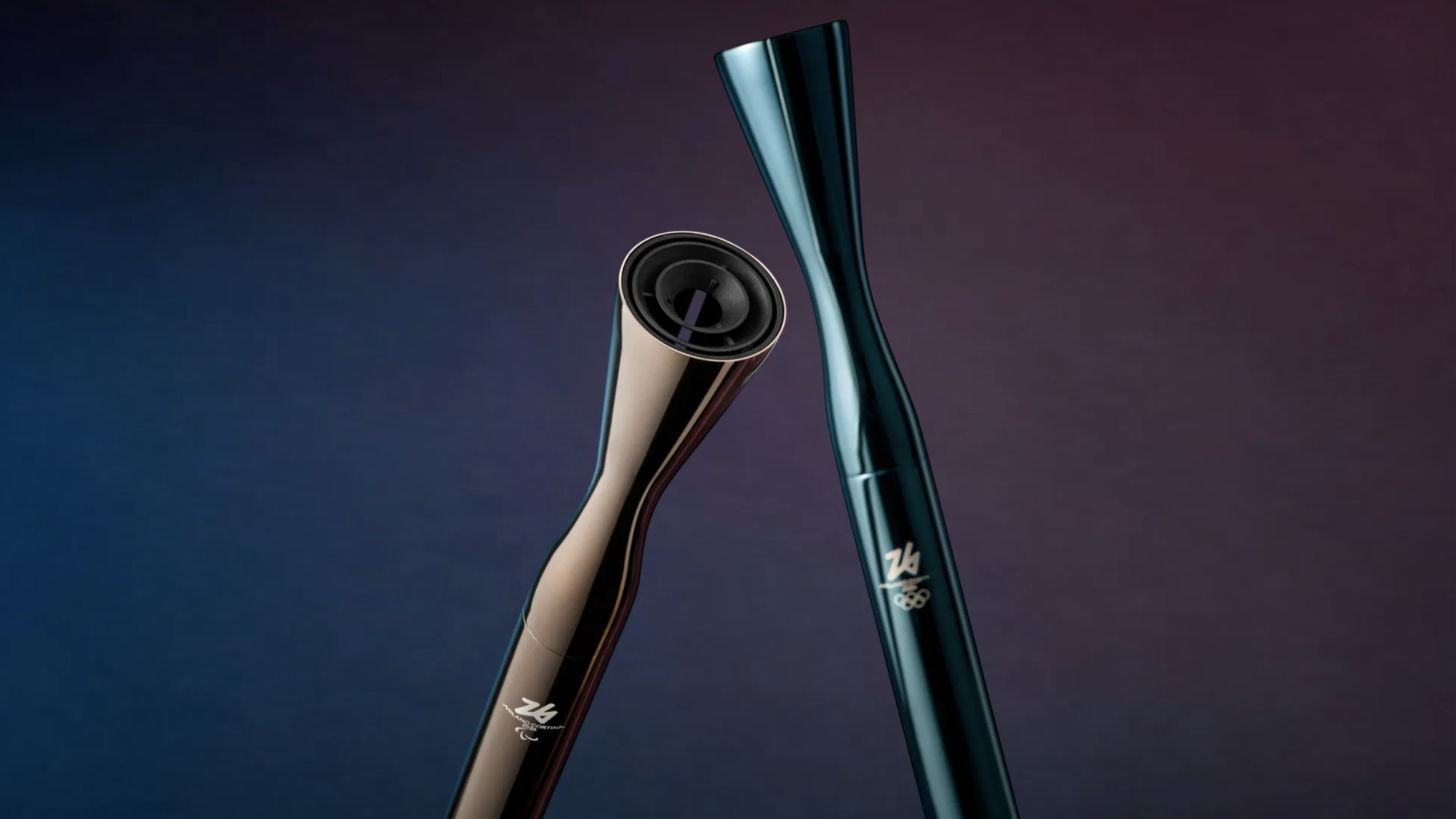 2026 Olympic and Paralympic Torches: in Carlo Ratti's minimalism ‘the flame is the protagonist’
2026 Olympic and Paralympic Torches: in Carlo Ratti's minimalism ‘the flame is the protagonist’The 2026 Olympic and Paralympic Torches for the upcoming Milano Cortina Games have been revealed, designed by architect Carlo Ratti to highlight the Olympic flame
By Ellie Stathaki
-
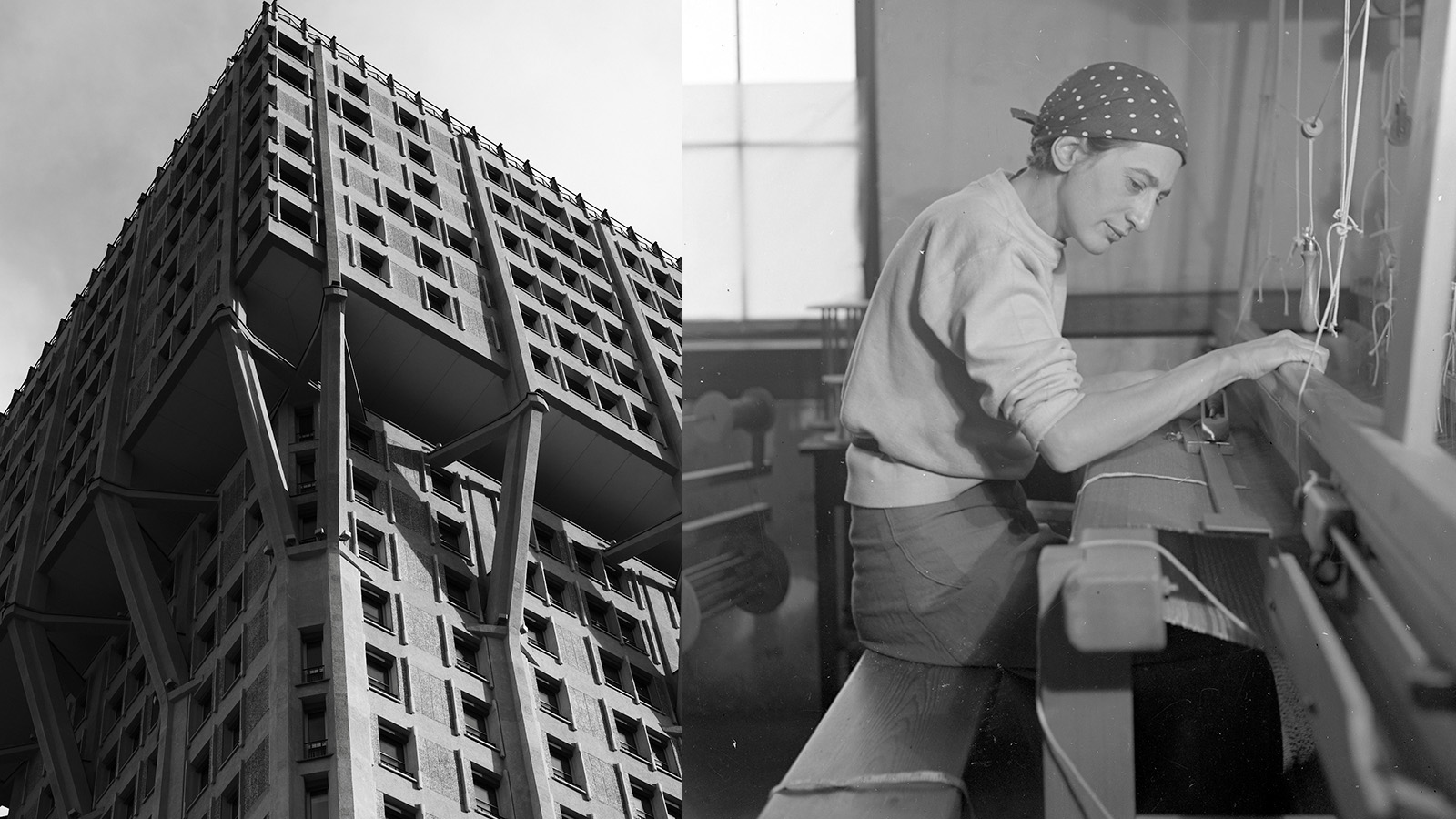 Anni Albers' weaving magic offers a delightful 2-in-1 modernist showcase in Milan
Anni Albers' weaving magic offers a delightful 2-in-1 modernist showcase in MilanA Milan Design Week showcase of Anni Albers’ weaving work, brought to life by Dedar with the Josef & Anni Albers Foundation, brings visitors to modernist icon, the BBPR-designed Torre Velasca
By Ellie Stathaki
-
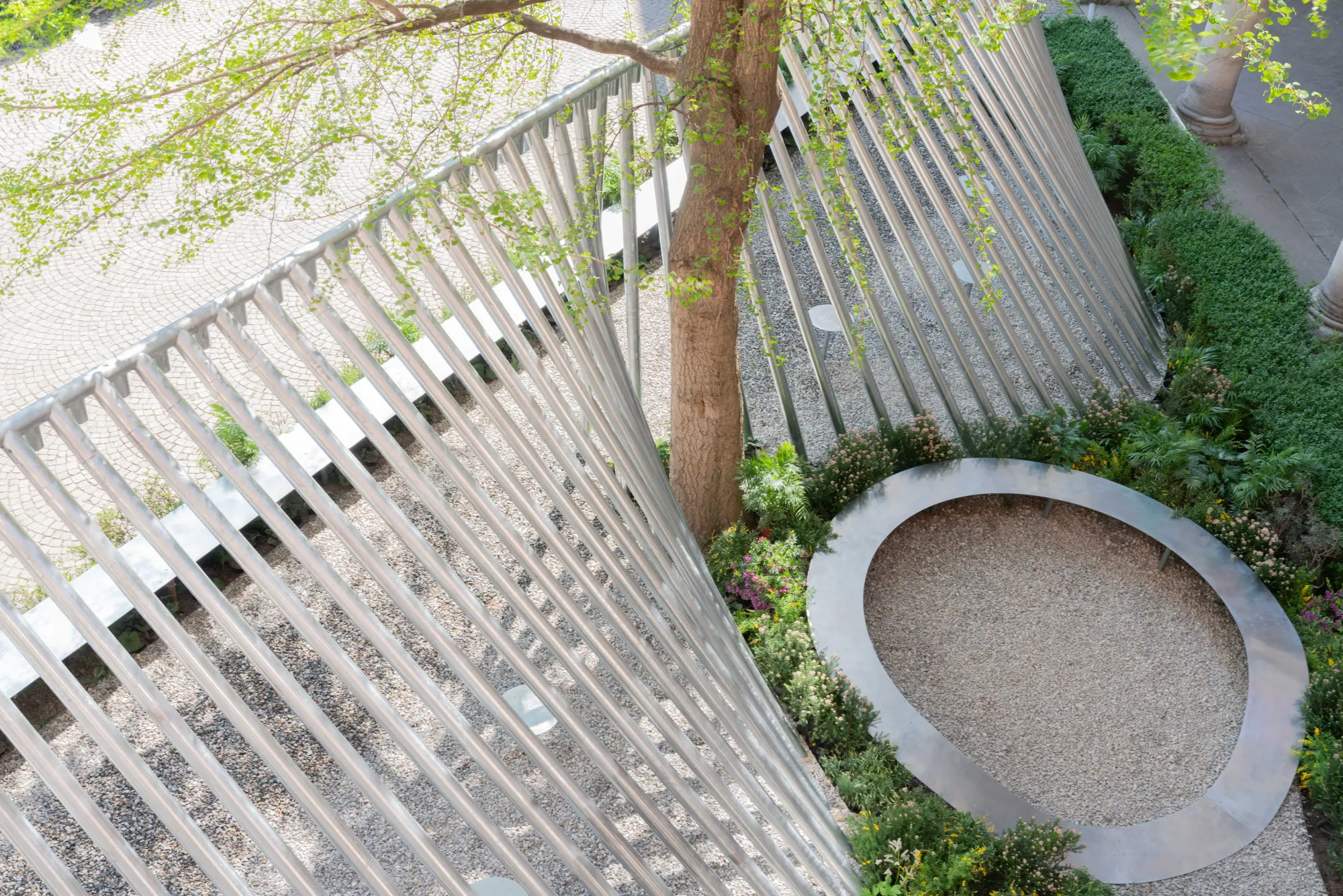 Milan Design Week: ‘A Beat of Water’ highlights the power of the precious natural resource
Milan Design Week: ‘A Beat of Water’ highlights the power of the precious natural resource‘A Beat of Water’ by BIG - Bjarke Ingels Group and Roca zooms in on water and its power – from natural element to valuable resource, touching on sustainability and consumption
By Ellie Stathaki
-
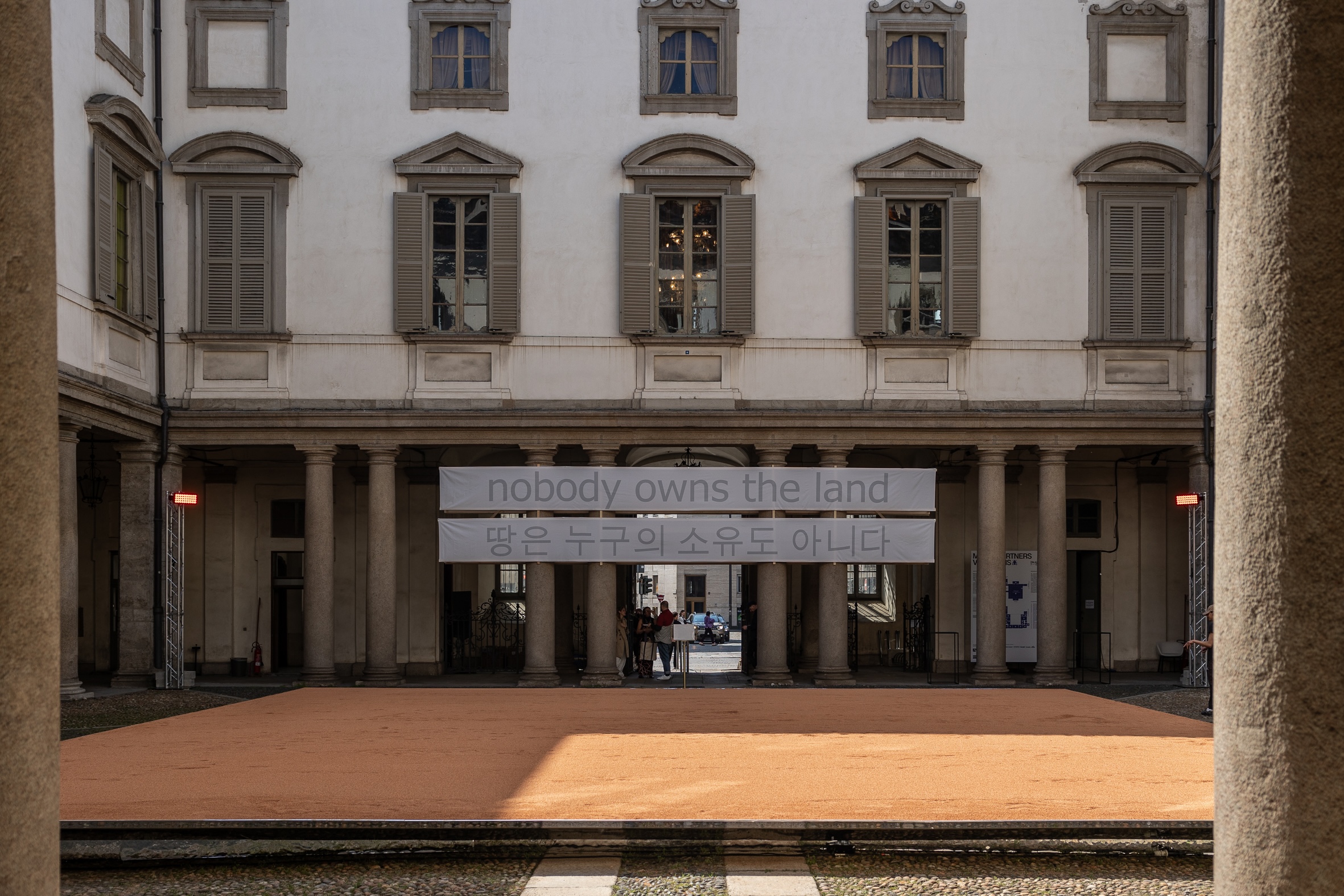 This Milan Design Week installation invites you to tread barefoot inside a palazzo
This Milan Design Week installation invites you to tread barefoot inside a palazzoAt Palazzo Litta, Moscapartners and Byoung Cho launch a contemplative installation on the theme of migration
By Ellie Stathaki
-
 The upcoming Zaha Hadid Architects projects set to transform the horizon
The upcoming Zaha Hadid Architects projects set to transform the horizonA peek at Zaha Hadid Architects’ future projects, which will comprise some of the most innovative and intriguing structures in the world
By Anna Solomon
-
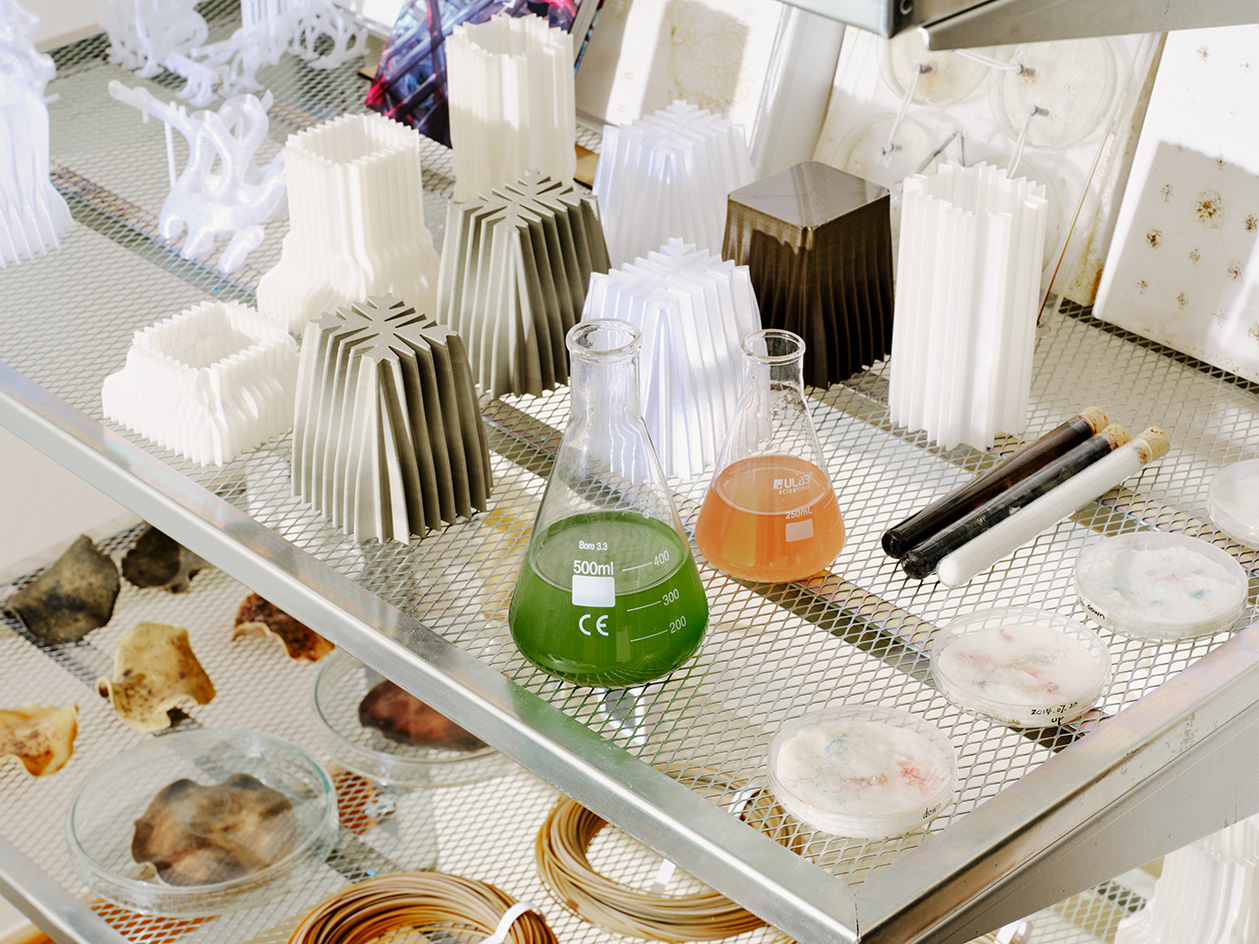 Is biodesign the future of architecture? EcoLogicStudio thinks so
Is biodesign the future of architecture? EcoLogicStudio thinks soWe talk all things biodesign with British-Italian architecture practice ecoLogicStudio, discussing how architecture can work with nature
By Shawn Adams
-
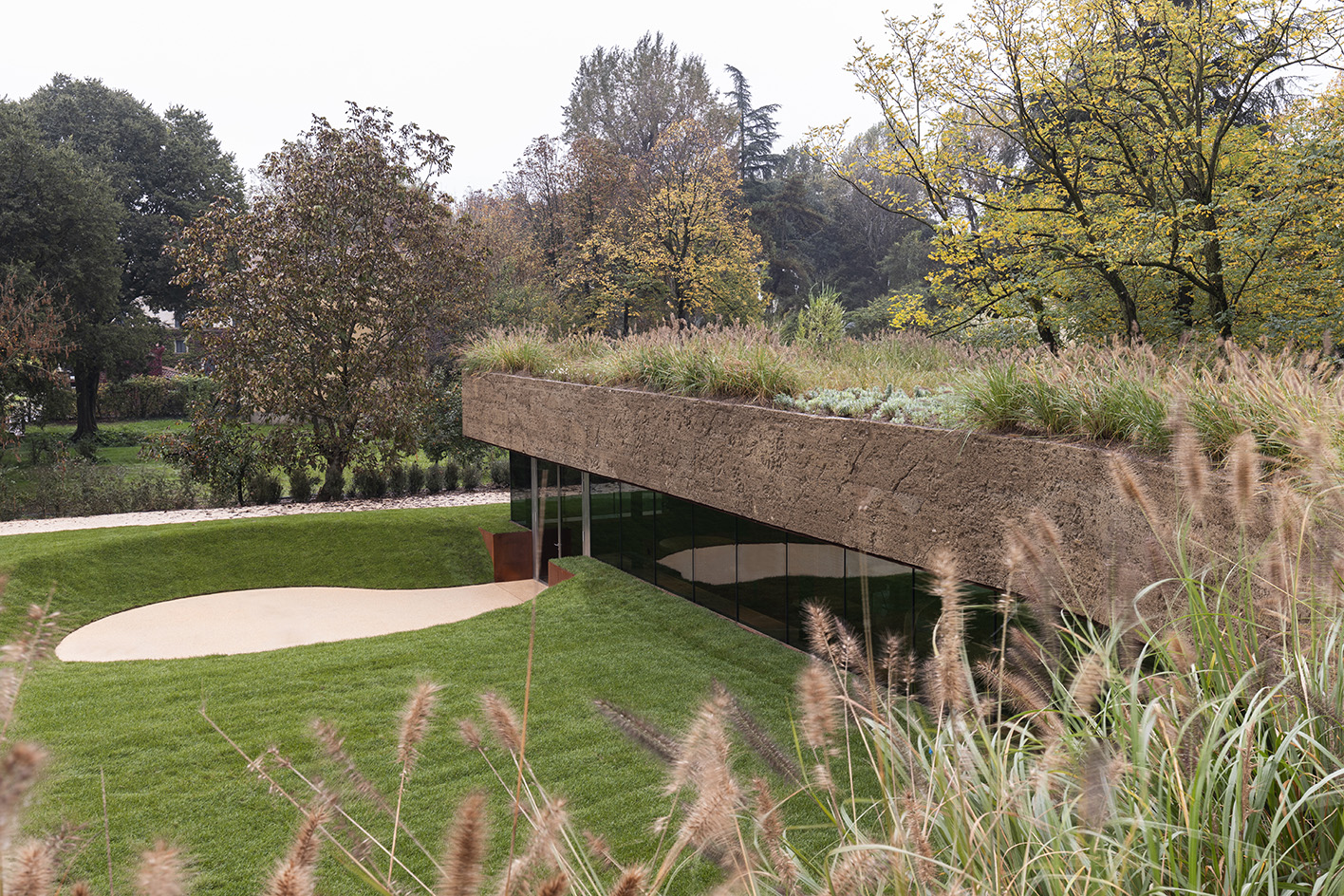 Meet Carlo Ratti, the architect curating the 2025 Venice Architecture Biennale
Meet Carlo Ratti, the architect curating the 2025 Venice Architecture BiennaleWe meet Italian architect Carlo Ratti, the curator of the 2025 Venice Architecture Biennale, to find out what drives and fascinates him ahead of the world’s biggest architecture festival kick-off in May
By Ellie Stathaki
-
 The brutal harmony of Villa Caffetto: an Escheresque Italian modernist gem
The brutal harmony of Villa Caffetto: an Escheresque Italian modernist gemThe Escheresque Italian Villa Caffetto designed by Fausto Bontempi for sculptor Claudio Caffetto
By Adam Štěch